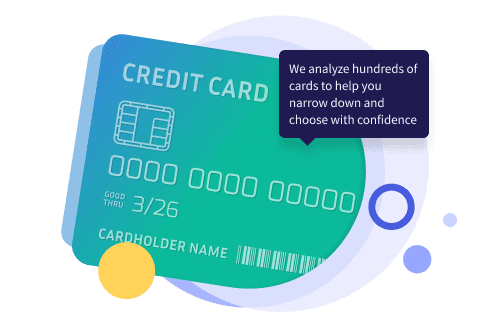What happens when one balance transfer isn't enough? Can you — and, more importantly — should you consider multiple balance transfers?
We found that:
- Doing another balance transfer on your remaining balance can save you interest.
- You can transfer multiple balances to one card, but there are some limitations.
- You can do another transfer to an existing balance transfer card, depending on your card's policy.
You can save tons in interest costs with any of these three balance transfer options. Just remember to consider the potential repercussions.














